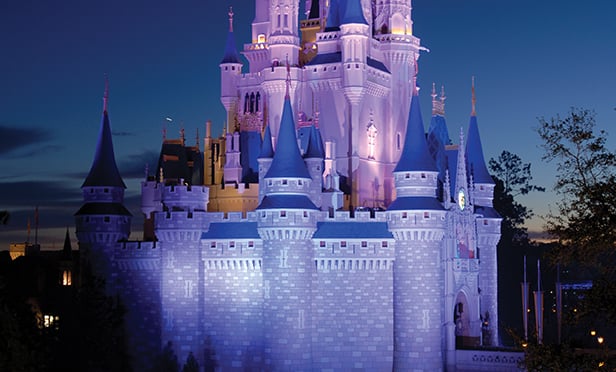I'm wondering if any publicly available information would solve this debate. It piqued my interest, so I skimmed through Disney's 2018 annual report to see if there were any clues. Under their reported operating costs, I couldn't find any specific reference to insurance payments... but this essentially proves nothing either way, because they don't itemize the credit side of their balance sheet in such detail.
You won’t find that level of detail in the Income Statement. Insurance premiums are not a material enough expense.
From page 16-17 of the 2018 10K under risk factors (I added the underlining the rest is word for word from the doc)
A variety of uncontrollable events may reduce demand for our products and services, impair our ability to provide our products and services or increase the cost of providing our products and services.
Demand for our products and services, particularly our theme parks and resorts, is highly dependent on the general environment for travel and tourism. The environment for travel and tourism, as well as demand for other entertainment products, can be significantly adversely affected in the U.S., globally or in specific regions as a result of a variety of factors beyond our control, including: adverse weather conditions arising from short-term weather patterns or long-term change, catastrophic events or natural disasters (such as excessive heat or rain, hurricanes, typhoons, floods, tsunamis and earthquakes); health concerns; international, political or military developments; and terrorist attacks. These events and others, such as fluctuations in travel and energy costs and computer virus attacks, intrusions or other widespread computing or telecommunications failures, may also damage our ability to provide our products and services
or to obtain insurance coverage with respect to these events. An incident that affected our property directly would have a direct impact on our ability to provide goods and services and could have an extended effect of discouraging consumers from attending our facilities. Moreover, the costs of protecting against such incidents reduces the profitability of our operations.
In addition, we derive affiliate fees and royalties from the distribution of our programming, sales of our licensed goods and services by third parties, and the management of businesses operated under brands licensed from the Company, and we are therefore dependent on the successes of those third parties for that portion of our revenue. A wide variety of factors could influence the success of those third parties and if negative factors significantly impacted a sufficient number of those third parties, the profitability of one or more of our businesses could be adversely affected.
We obtain insurance against the risk of losses relating to some of these events, generally including physical damage to our property and resulting business interruption, certain injuries occurring on our property and some liabilities for alleged
breach of legal responsibilities. When insurance is obtained it is subject to deductibles, exclusions, terms, conditions and limits of liability. The types and levels of coverage we obtain vary from time to time depending on our view of the likelihood of specific types and levels of loss in relation to the cost of obtaining coverage for such types and levels of loss.
I hope this puts the debate to bed. Like most massive corporation TWDC is self insured for everyday claims but carries umbrella insurance for catastrophic loss.
Here’s an interesting read on how the self insurance works. Found it with a simple google search:
At twice the size of Manhattan, Walt Disney World faces many of the same risks as a large city. It's how they manage those risks that makes them unique.

www.propertycasualty360.com

